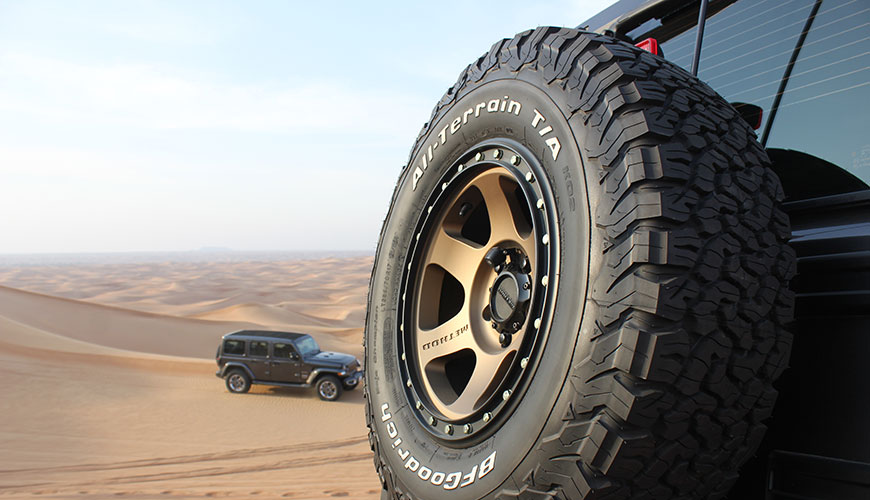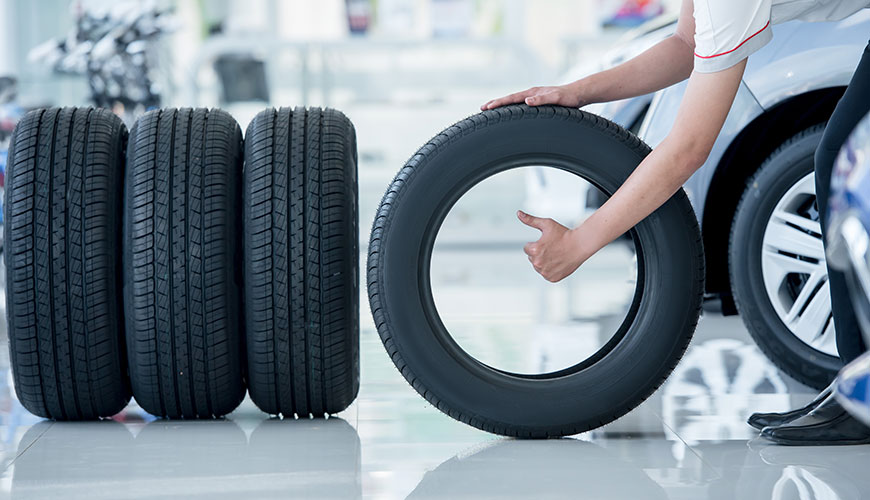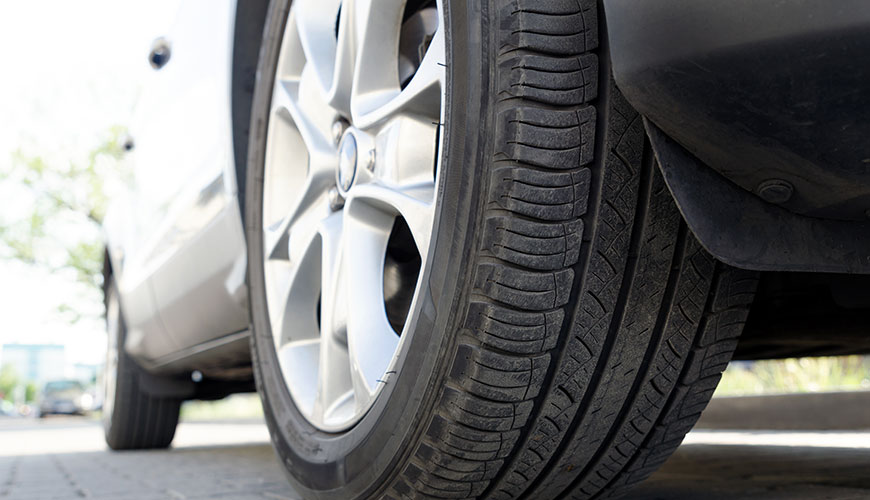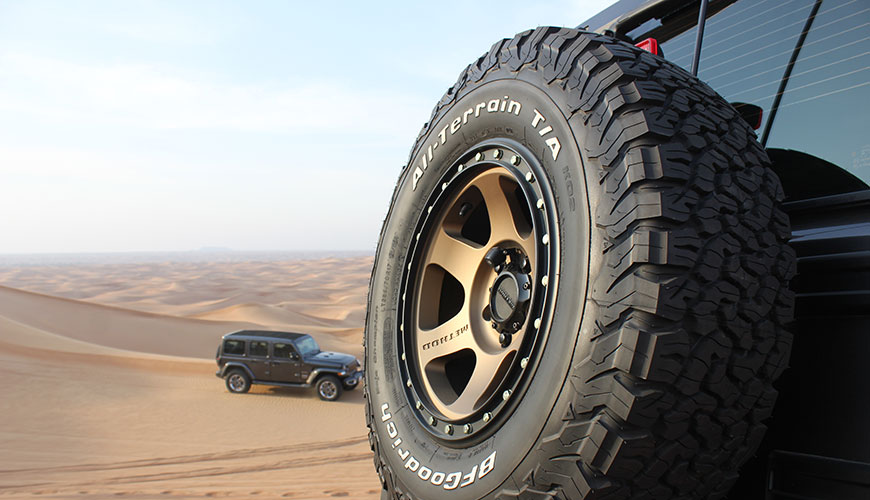All-Terrain Tires vs Highway Tires: MPG
Do you know the difference between all-terrain tires and highway tires? If not, you’re not alone! Many people don’t know the difference, or what benefits they can get from each type of tire. In this blog post, we will discuss the differences between all-terrain and highway tires, as well as their respective fuel economies.
What are all-terrain tires?
All-terrain tires are mainly for off-road use. They have thicker and deeper treads than highway tires, which give them better traction in mud, snow, and sand. All-terrain tires also typically have stiffer sidewalls, which helps prevent punctures.
⛽ – Fuel Consumption: For all-terrain tires, the fuel efficiency can vary but on average you can expect to see about a 3%- 5% decrease in fuel economy.
🚥 – Fuel Efficiency Rating: All-terrain tires tend to be surprisingly one of the more fuel-efficient tires offered by tire manufacturers with a fuel efficiency rating of B.
💲 – Cost: For off-roading enthusiasts that don’t want to increase fuel consumption, all-terrain tires offer better mileage improvements with an average price of $100 – $200 more than a set of highway tires.
Are highway tires different?
Compared to an all-terrain tire, highway all-season tires have some advantages such as highway speed, better gas mileage, and help improve fuel economy. For highway speeds and better fuel efficiency, highway tires have a lower rolling resistance. The all-terrain tires have deeper treads which can cause more drag on the highway and reduce fuel economy by up to two miles per gallon, according to some sources.
⛽ – Fuel Consumption: Highway tires have a reputation to increase fuel efficiency with an average increase in vehicle fuel economy by up to two miles per gallon or a 4% – 6% increase in fuel economy.
🚥 – Fuel Efficiency Rating: Don’t expect a lower fuel efficiency rating than all-terrain tires when compared to highway tires that have a fuel efficiency rating of A.
💲 – Cost: On-road manners tend to get better highway mileage even though the terrain tires worth are more, you can expect to save on average $100 – $200 for a set of highway tires from most major tire manufacturers.
What about mud-terrain tires?
Mud-terrain tires are not only for off-road driving but are made with hardcore off-road enthusiasts in mind. With an aggressive tread pattern, a mud-terrain tire has a few downsides when it comes to the same fuel efficiency as other tires. Mud-terrain tires can affect gas mileage, have higher rolling resistance, and may not be approved for road tires.
⛽ – Fuel Consumption: Compared to an aggressive all-terrain-tire or low rolling resistance tires, off-road traction comes at a sacrifice of a 7% – 9% decrease in fuel economy.
🚥 – Fuel Efficiency Rating: The right tires for carrying heavy loads with long tread wear for off-road adventures will have on average a fuel efficiency rating of C.
💲 – Cost: Depending on the tread patterns or tread design, you can expect a dual silicone compound with mud tires to cost on average $200 – $300 more than other off-road tires or street tires.
When it comes time to decide if all-terrain, mud tires, or highway tires are best for you, many factors come into play including cost, performance, and gas mileage. Consider all your options before making a final decision on which type of tire is best for your needs.
The history of fuel economy
Stock tires and p metric tires have been around for a while but the first street tire was discovered in 1898. It was made of vulcanized rubber and was designed to grip the road better than any other tire at the time. The first all-terrain tires were designed in 1904 for use in automobiles but it wasn’t until after World War II that they became popular.
Highway tires gained their popularity to improve gas mileage and fuel economy back in the 1970s. The oil crisis caused many people to start looking for ways to improve their fuel economy and highway tires were one of the first options.
Mud tires were originally designed for agricultural use in the 1970s but didn’t gain popularity until the 1980s when they became widely used on four-wheel-drive vehicles. When it came to fuel mileage and tire tread, innovations with how a tire rolls became widely adopted in the passenger car market.
All-terrain, mud, and highway tires all have their unique benefits and drawbacks. Consider all your options before making a final decision on which type of tire is best for your needs.
What gets the best gas mileage
This can vary depending on vehicles as a light truck with larger tires will always get less gas mileage and fuel economy than a fuel-efficient designed tire. When comparing to same vehicles with different types of road tires we can see the effect gas mileage has:
- all-terrain tire gets on average better gas mileage than off-road tires in general and would be classified as a good medium without compromising fuel economy.
- highway tire may not be the best for handling rocky terrain without an aggressive tread compared to other off-road tires but is rated higher and remains the top choice for fuel-efficient street tires.
- mud-terrain tire can offer more load capacity but compared to other off-road tires like an all-terrain tire with low rolling resistance, is considered the last choice for a fuel-efficient tire.






